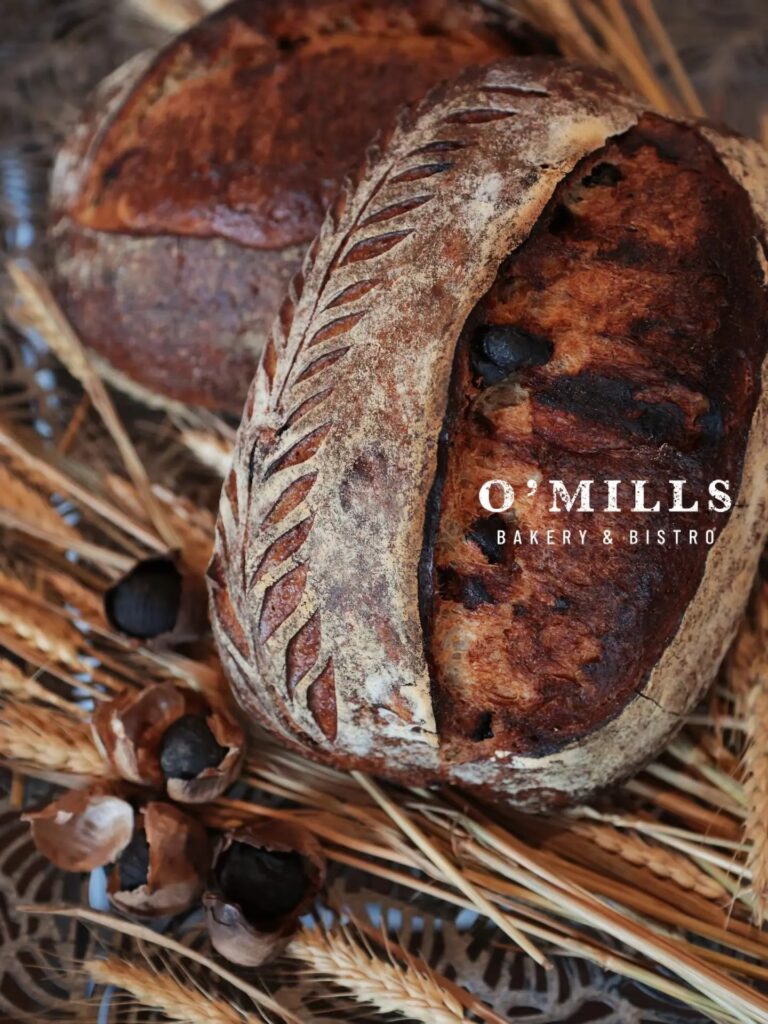Black Garlic Bread
How to make Black Garlic Bread: Recipe, Nutrition & Market Analysis
🍞 I. Black Garlic Bread Recipe
Optimized home recipe based on multiple sources:
Ingredients:
| Category | Material | Quantity |
|---|---|---|
| Dough | Bread flour | 200g |
| Whole wheat/rye flour (optional) | 50g | |
| Yeast | 3g | |
| Milk/water | 130g | |
| Sugar | 15g | |
| Olive oil/butter | 15g | |
| Core Flavor | Black garlic (peeled) | 80g (≈16 cloves) |
| Filling/Topping | Cream cheese (optional) | 120g |
| Parmesan cheese powder (optional) | 10g |
Steps:
- Prepare black garlic: Peel and mash black garlic into paste (or chop). Sieve for smoother texture.
- Knead dough: Mix dough ingredients (except oil). Knead until rough membrane forms. Add oil and black garlic paste, continue kneading until stretchy.
- First fermentation: Proof at 35°C until doubled in size (1-2 hours).
- Shape: Deflate dough. Divide into 6-8 portions. Wrap whole black garlic cloves or cheese cubes. Shape into rounds or ovals.
- Second fermentation: Rest at room temperature for 30 minutes. Dust with flour or score surface.
- Bake:
- Basic version: 180°C (350°F) for 15-20 minutes
- Enhanced version: After baking, pipe cheese filling into cuts and bake additional 3 minutes
Flavor profile: Soft, slightly sweet bread with chewy black garlic (caramelized + mildly tangy). Cheese adds savory notes, while potato chip crumbs provide crispy contrast.

🥗 II. Nutritional Value Analysis
Nutritional benefits primarily from black garlic and whole wheat/bread flour combination:
Key Advantages of Black Garlic:
- Enhanced Antioxidants: Fermentation increases polyphenols 3-5x. Antioxidant capacity 10x higher than raw garlic.
- Gentle & Bioavailable: Reduced volatile sulfides eliminate pungency and breath odor. Increased free amino acids improve absorption.
- Gut Health: Contains prebiotic oligosaccharides that nourish beneficial bacteria.
Nutritional Limitations:
- Allicin Reduction: High-temperature fermentation degrades antimicrobial allicin, reducing antibacterial properties.
- Calorie Density: With cheese and sugar, single serving reaches 300-400 kcal (portion control recommended).
Health Considerations:
- Avoid during gastrointestinal distress (organic acids may irritate)
- Not a substitute for medication (“anti-cancer” or “lipid-lowering” claims lack human clinical evidence)
| Nutrient Profile (Per Serving) | Value |
|---|---|
| Calories | 320-380 kcal |
| Protein | 8-10g |
| Antioxidants (ORAC) | ≈5,000 μmol TE |
| Prebiotic Fiber | 3-4g |
📊 III. Market Analysis (2025 Trends)
$42.6B
Global black garlic market projection
6.77%
Annual growth rate (CAGR)
60%
Asian market dominance
>10%
China growth rate
1. Market Drivers:
- Demand for functional foods (antioxidant/immunity claims)
- Expansion of processed formats (powders, extracts) in snacks/supplements
2. Product Positioning & Opportunities:
- Premium Niche:
- High black garlic cost ($6-12/lb) positions bread as mid-to-high end
- Target channels: Health cafes, artisanal bakeries, premium online stores
- Innovation Pathways:
- “Clean label” low-sugar whole wheat versions
- Functional collaborations (e.g., probiotic black garlic cheese filling)
3. Key Challenges:
- Consumer Perception: Mainstream buyers view black garlic as “weird food” (requires education via sampling/short videos)
- Production Cost: 1-3 month fermentation cycle increases price pressure